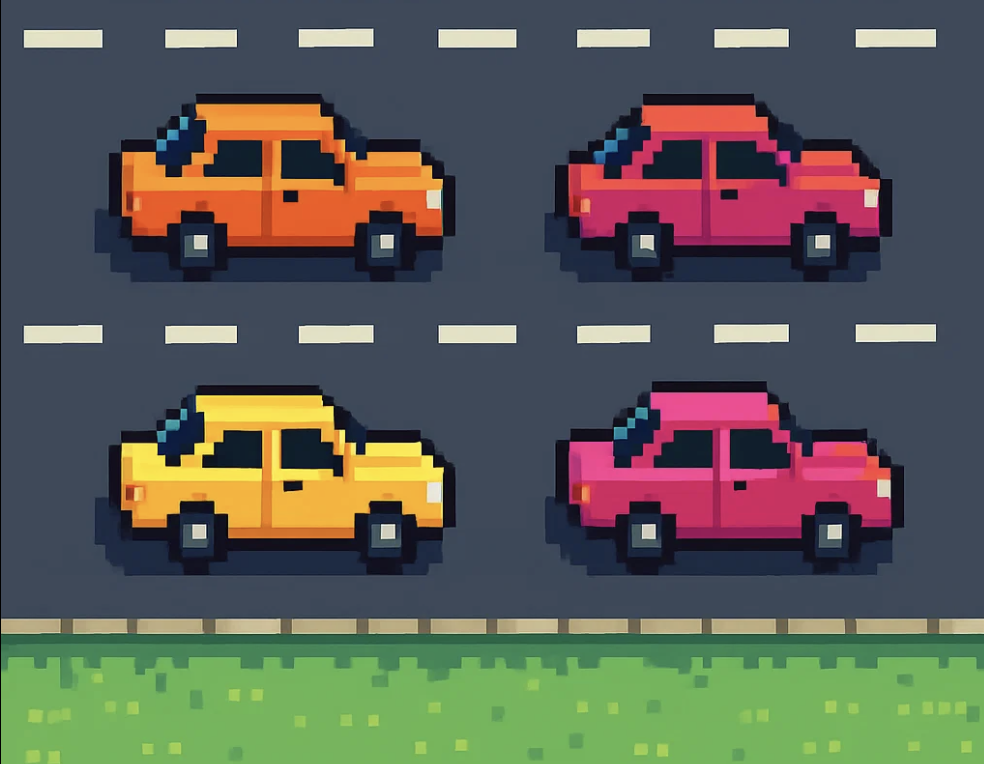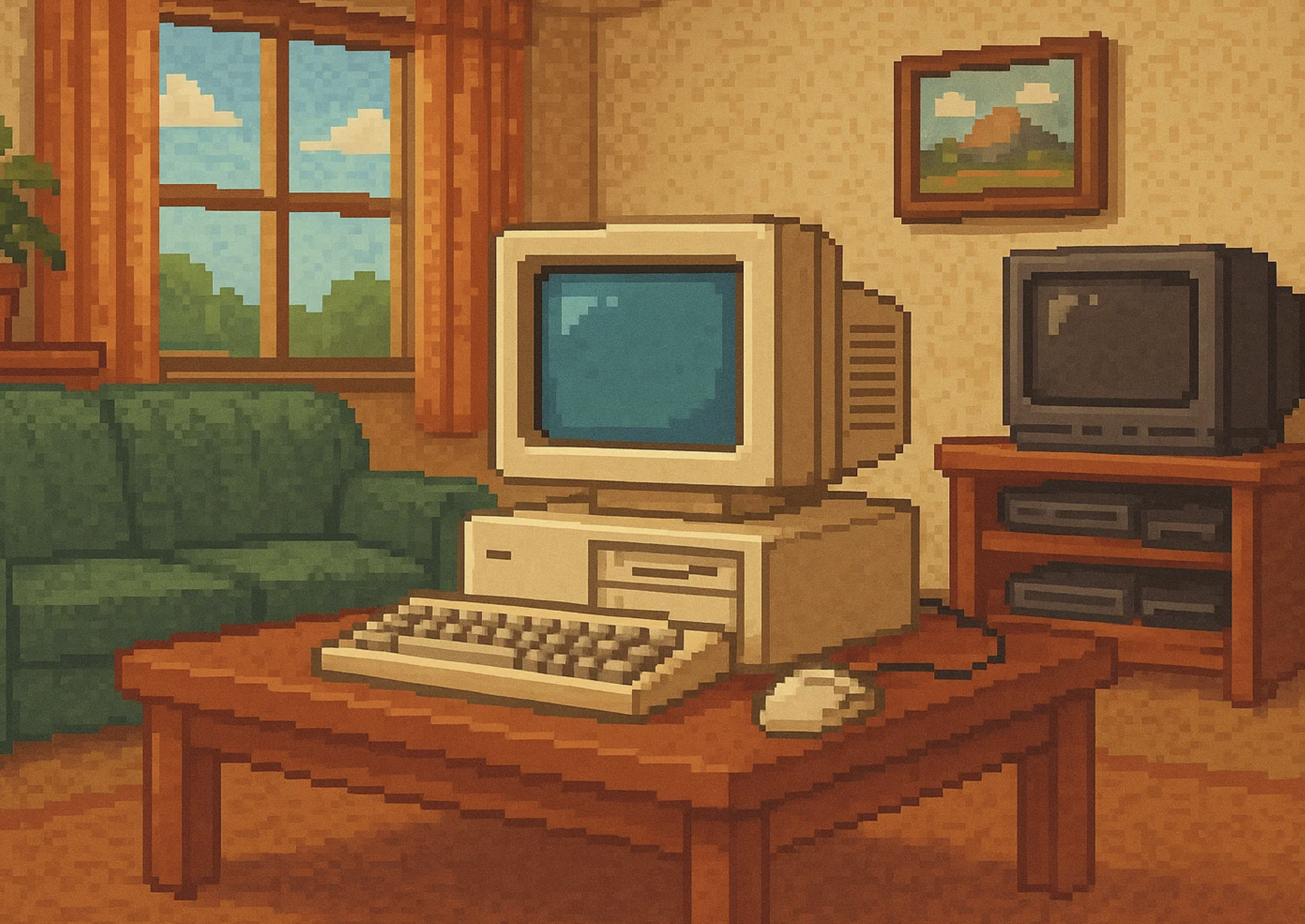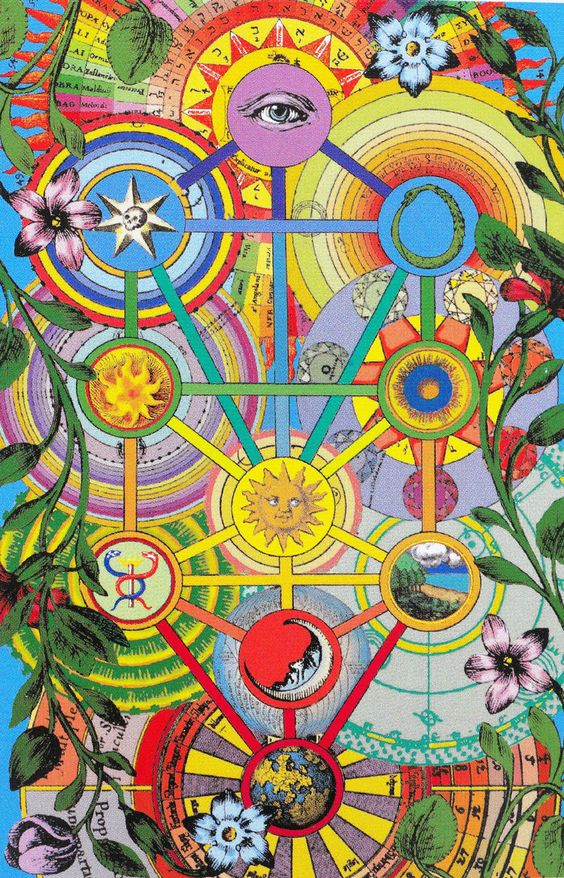In this post, I’ll show you exactly how you can create interactive virtual labs with just a few clicks.
I’ve worked in edtech product management for over a decade, and if there’s one truth I’ve learned, it’s this: building great tools for educators is hard. It’s not because they aren’t eager for innovation (they are!) It’s because the reality of their daily lives is full of constraints that no software can fully solve.
Teachers are navigating:
- Institutional constraints: rigid curricula or sometimes no curricula, testing requirements, district-level approvals.
- Time scarcity: lesson prep, grading, classroom management, and endless administrative tasks which they are sometimes expected to do off the clock.
- Limited resources: outdated tech (like Chromebooks past their support window), limited budgets, and inequities across schools.
- Emotional load: A big one we don’t acknowledge enough. Balancing care for students with their own exhaustion and well-being.
Edtech products often stumble because they either demand too much from teachers or fail to recognize these challenges. That’s why what’s happening with ChatGPT right now feels so different.
ChatGPT’s canvas mode allows anyone to create interactive experiences.
Enter ChatGPT’s Canvas Mode
Canvas Mode allows anyone to create and run interactive code directly inside ChatGPT. For the first time, an educator with no coding experience can spin up their own virtual lab in minutes.
Want to try making what I call a “GPT Virtual Lab”? Here’s the exact prompt I use:
Create a virtual lab based on this description. Generate a standalone HTML file. Follow the tips for a good result. Tips: Make sure every part of the virtual lab works. Focus on usability, fun, and clarity. Make at least one component look realistic - even some small details help add a bit of realism. Make it feel immersive. Excessive styling not needed. Description: [Add your Lab protocol here - you can dump anything you find online or even something you asked ChatGPT to create.]
🔍 Pro tip: When you enter this prompt, click the + icon to enable Canvas Mode. Once the code generates (this can take a few minutes), click Run Code to test your lab. You can even click Share to get a public link and share your lab to anyone.
Example:


Why This Matters for Edtech
This isn’t just a fun hack. It points toward a shift we, as edtech professionals, need to take seriously.
Educators are:
- Short on time, energy, and bandwidth
- Rich in creativity, ingenuity, and playfulness
Our job is to build products that honor both realities: reducing friction while amplifying creativity. Canvas Mode makes that balance feel possible in new ways. It lowers the barrier for experimentation while giving teachers ownership of the tools they create.
If we reframe around this: centering the educator’s experience, needs, and teaching style, we can build edtech products that don’t just deliver content, but unlock new kinds of teaching and learning.
Some Examples
Here are some quick GPT Virtual Labs created with this prompt:
Want to share your own? Contact me and I will add it to this post.
⚠️ Of course, I recognize there are challenges with deploying these directly to students (for example, many districts block ChatGPT). Over the next few weeks, I’ll be working on a lightweight solution: a dedicated website where teachers can share their virtual labs and request IT departments to whitelist it.
If you’re a teacher, I’d love to hear your concerns and pain points as I shape this resource. Your input will directly inform how useful and accessible it becomes. Please reach out if you want to be involved!








